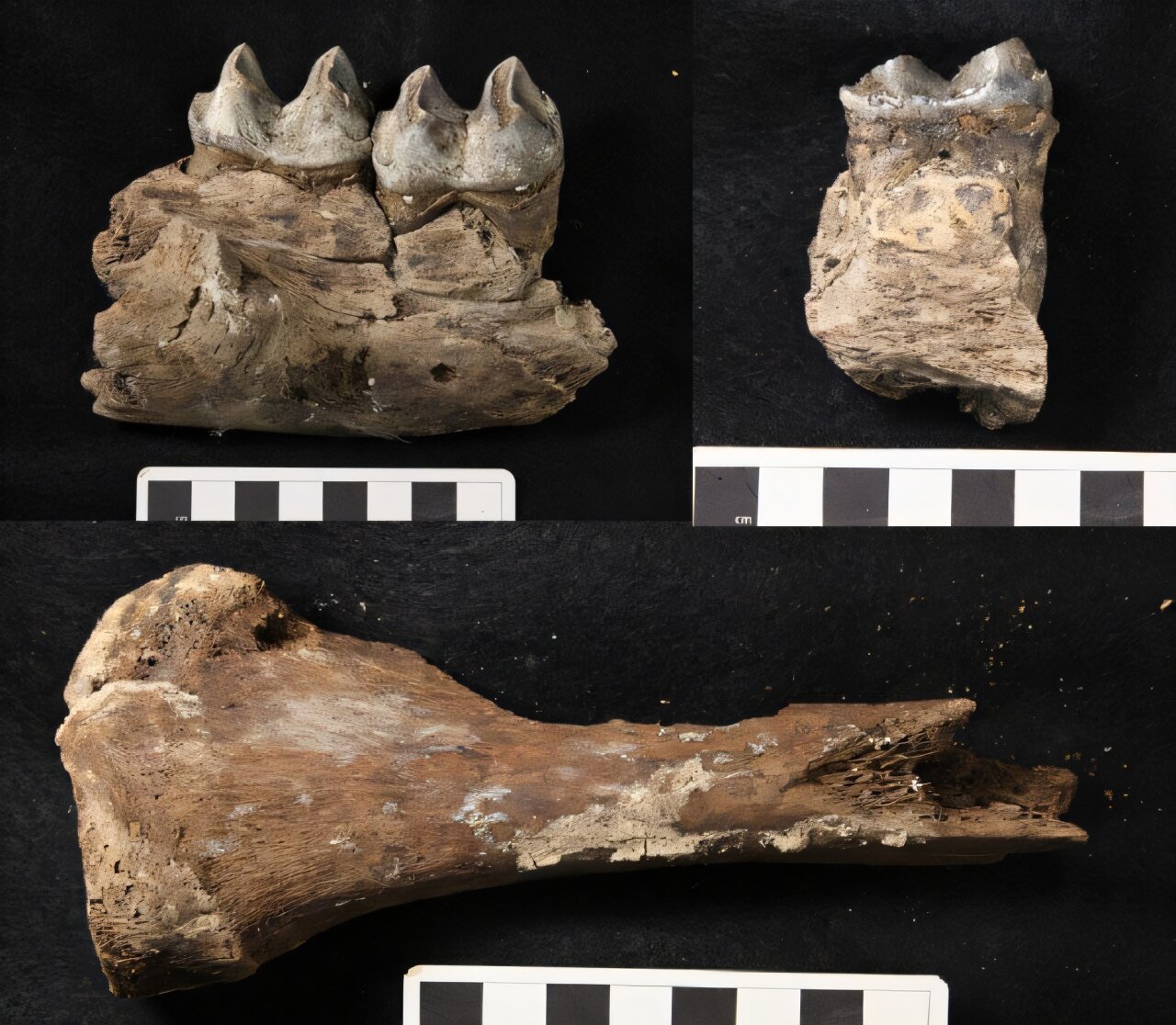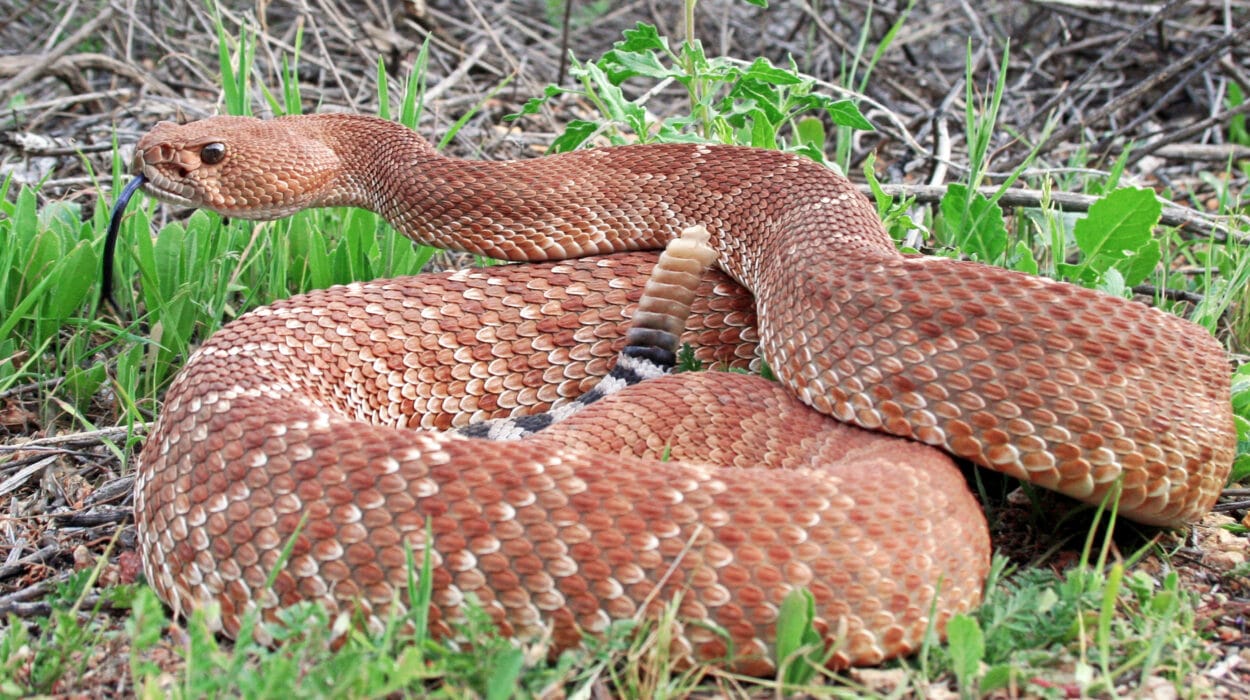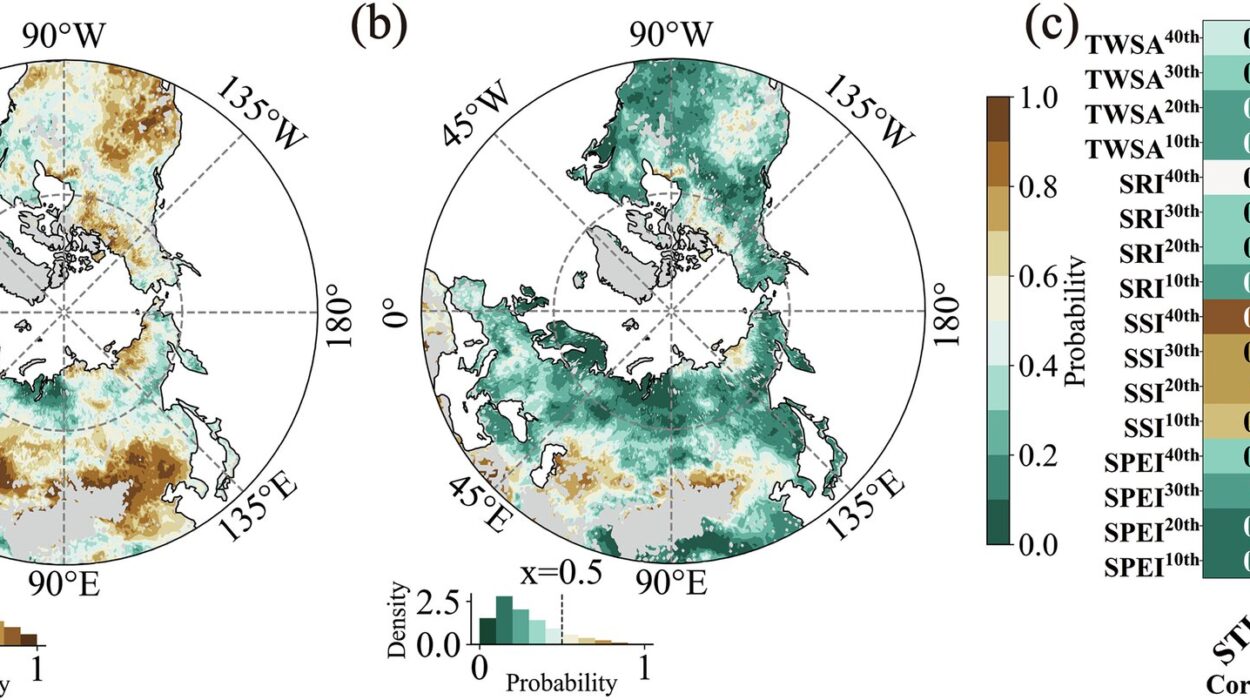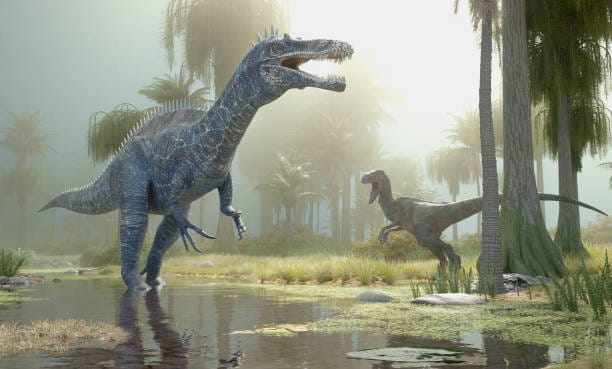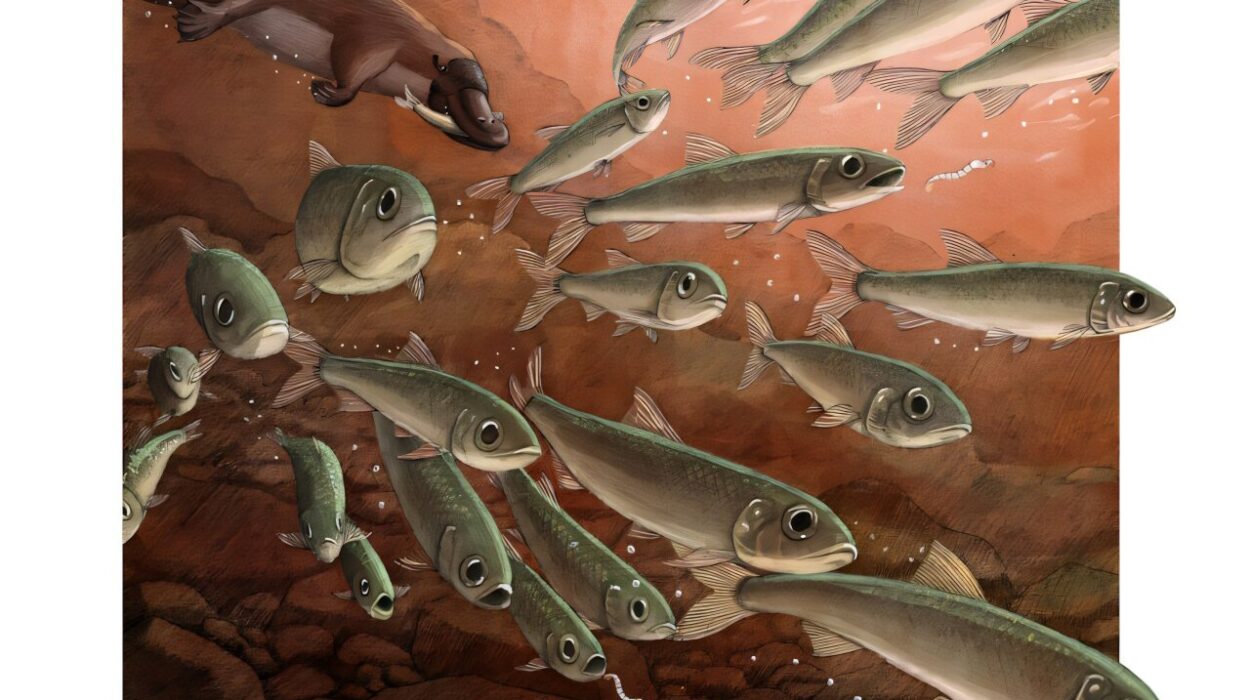At first glance, nothing seems more different than a drowsy koala perched in a eucalyptus tree and the marsupial lion — a razor-clawed giant predator that once stalked Ice Age Australia. One is slow, gentle, and famously cuddly-looking; the other was powerful enough to take down giant wombats and kangaroos. They feel like creatures from separate universes, separated not only by time but by their entire nature.
And yet, in a discovery that reshapes our understanding of Australia’s ancient past, scientists have uncovered the first molecular evidence that these two animals — the serene koala and the fearsome marsupial lion — share a surprisingly close evolutionary bond.
This remarkable finding comes from a study published in Proceedings of the Royal Society B: Biological Sciences, marking a major breakthrough in the field of paleontology. For the first time, researchers have used biomolecular data to confidently link several extinct Australian megafauna species to their living relatives, illuminating family trees that have remained in the dark for tens of thousands of years.
Reconstructing Ancient Lineages with the Chemistry of Collagen
The secrets of Australia’s prehistoric giants weren’t revealed through DNA, which is typically the first tool scientists reach for when exploring the ancient world. Instead, they emerged from the quiet resilience of a simple protein: collagen.
Led by Dr. Michael Buckley of The University of Manchester, an international team analyzed 51 fossilized marsupial bones collected from deep caves and swamp beds across Tasmania — a region that acted as one of the last sanctuaries for Ice Age megafauna. These bones belonged to species that vanished more than 100,000 years ago, far beyond the limits of traditional DNA survival.
This is where ZooMS — zooarchaeology by mass spectrometry — transforms what once seemed impossible into reality. By examining collagen peptides preserved within ancient bones, ZooMS produces a kind of molecular fingerprint. Even when DNA has long decayed under Australia’s harsh climate, collagen often remains, quietly waiting to speak.
Dr. Buckley explained the breakthrough with a sense of relief and excitement. Australia’s heat, humidity, and age-old landscapes destroy genetic material rapidly, leaving researchers with countless fossils but very few answers. But collagen, tough and surprisingly long-lasting, opens a new door. It doesn’t provide the precise detail of DNA, but it offers the crucial outlines — enough to trace lineage, enough to place long-lost species back onto their proper branches of the marsupial family tree.
A Predator and a Koala: The Unexpected Family Reunion
Among the study’s most astonishing revelations lies a connection that almost defies imagination: the marsupial lion, Thylacoleo carnifex, and the modern koala share a common ancestor from around 25 to 35 million years ago.
To picture this relationship, imagine tracing your family history only to discover you share ancestry with someone who seems nothing like you — someone whose life, instincts, and entire evolutionary design feel worlds apart. And yet, beneath every difference, a shared origin exists.
The marsupial lion was one of the most formidable predators ever to roam Australia’s ancient forests, armed with scissor-like jaws and powerful limbs. The koala, meanwhile, evolved into a peaceful tree-dweller, munching eucalyptus leaves with leisurely patience. Their evolutionary destinies diverged dramatically, but the new collagen data confirms that their roots intertwine.
The research didn’t stop there. Two other extinct megafauna — Zygomaturus trilobus, a massive, hippo-sized browser, and Palorchestes azael, a strange, long-snouted marsupial that once puzzled scientists with its sloth-like appearance — were both found to fall firmly within the wombat–koala group known as Vombatiformes.
For decades, scientists debated where these enigmatic species belonged on the marsupial family tree. Now, for the first time, the molecular evidence gives a clear answer.
Unraveling Australia’s Great Megafauna Disappearance
These findings carry profound implications for one of the enduring mysteries of Australia’s prehistoric past: why did the continent’s giant animals vanish so abruptly during the Late Pleistocene?
Roughly 90% of Australia’s megafauna disappeared in a sweeping extinction event. Entire groups of massive marsupials — some towering, some armored, some predatory — vanished forever. The reasons remain hotly debated. Was it dramatic climate shifts? Was it the arrival and hunting practices of early humans? Or was it a mixture of both?
ZooMS could finally help bring clarity.
Because the technique allows scientists to identify even tiny, fragmented pieces of bone — the kind that once went unrecognized in museum drawers or cave floors — researchers can reconstruct far more accurate timelines of when specific species lived, how they overlapped with humans, and how quickly they declined.
Piecing together these timelines has always been difficult. Without DNA, many fossils remained unassignable. But with ZooMS, vast collections of unidentified bone fragments can now be analyzed rapidly and reliably.
Dr. Buckley sees this as transformative. ZooMS allows thousands of specimens to be processed quickly, creating detailed maps of ancient biodiversity. This isn’t just about identifying species — it’s about understanding ecosystems, timelines, and the pressures that shaped some of Earth’s most unique animals.
A New Frontier in Understanding Australia’s Ancient Life
The koala and the marsupial lion may seem like an odd pair, but their unlikely bond symbolizes something larger: the idea that the past is far more interconnected than it appears.
Through the durability of collagen, scientists are finally able to reach across time, connecting dots that remained invisible for generations. With every collagen fingerprint, a lost animal is given context. A lineage becomes clearer. A prehistoric world regains definition.
As ancient bones speak again through molecular whispers, Australia’s deep evolutionary story grows richer and more intricate. ZooMS offers not only answers, but new questions: How many more species have been misidentified or overlooked? What further relationships will come to light? How much of Australia’s prehistoric tapestry can still be recovered?
In the end, the sleepy koala and the ferocious marsupial lion remind us that evolution is never linear and never predictable. It branches, twists, and transforms across millions of years, leaving surprising connections hidden in the bones — waiting for science, patience, and just the right technology to reveal them.
And with every revelation, we are reminded that the ancient world is closer than it seems, still alive in the molecules that endure long after the creatures themselves have disappeared.
More information: Michael Buckley et al, Collagen fingerprinting and sequence analysis provides a molecular phylogeny of extinct Australian megafauna, Proceedings of the Royal Society B: Biological Sciences (2025). DOI: 10.1098/rspb.2025.0856
